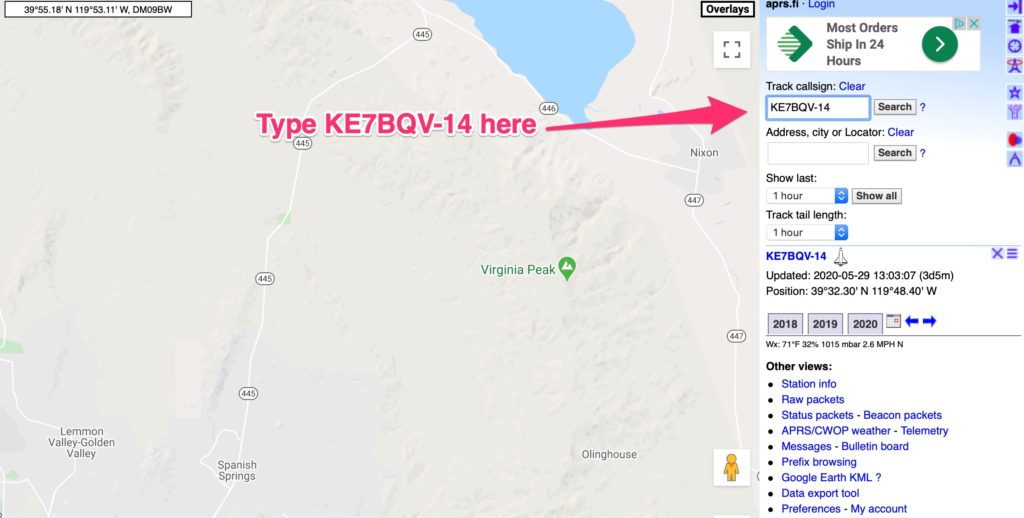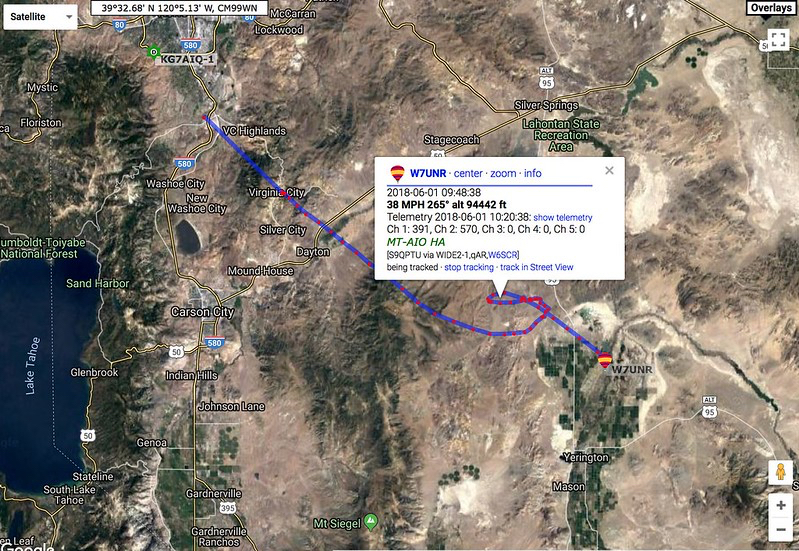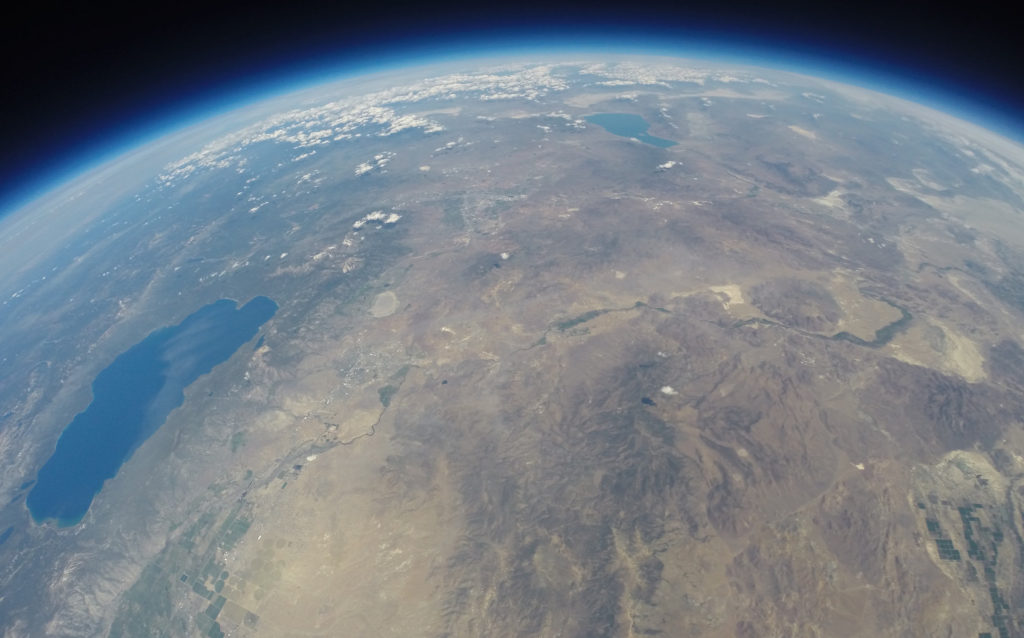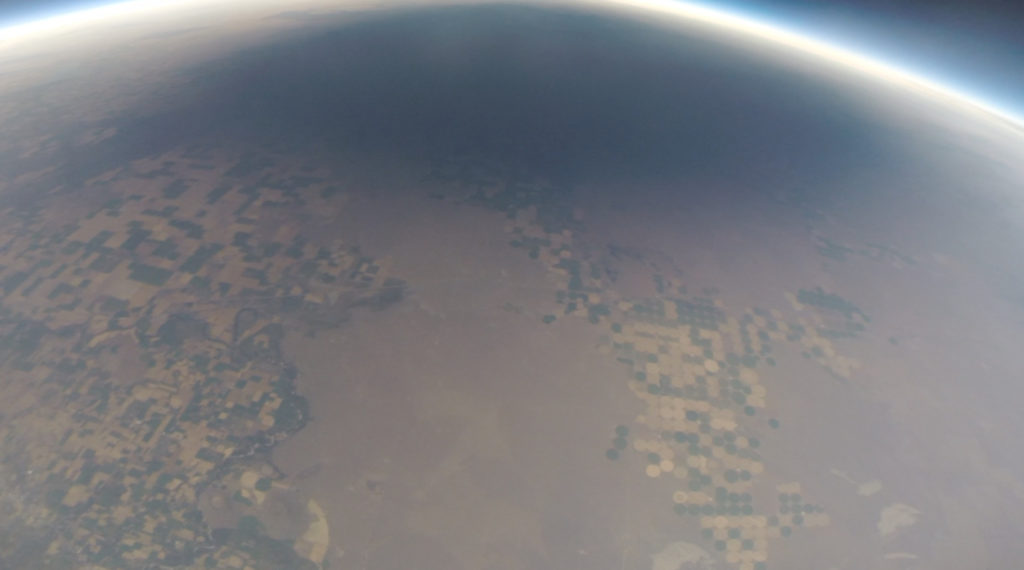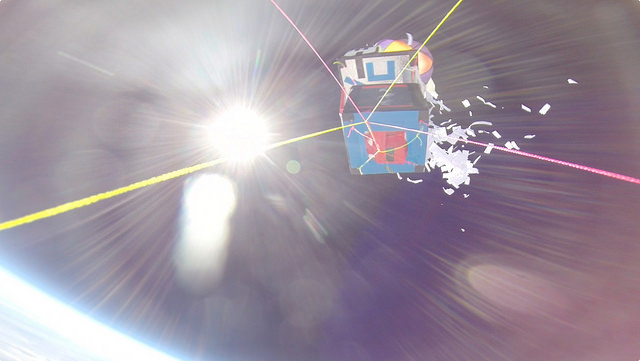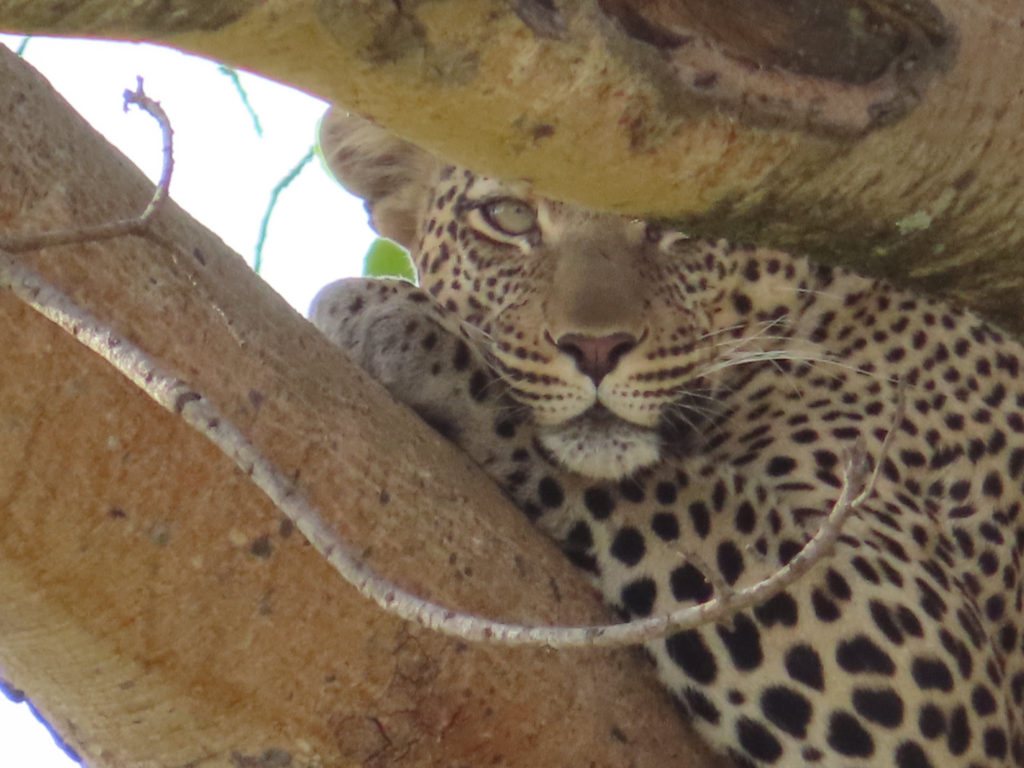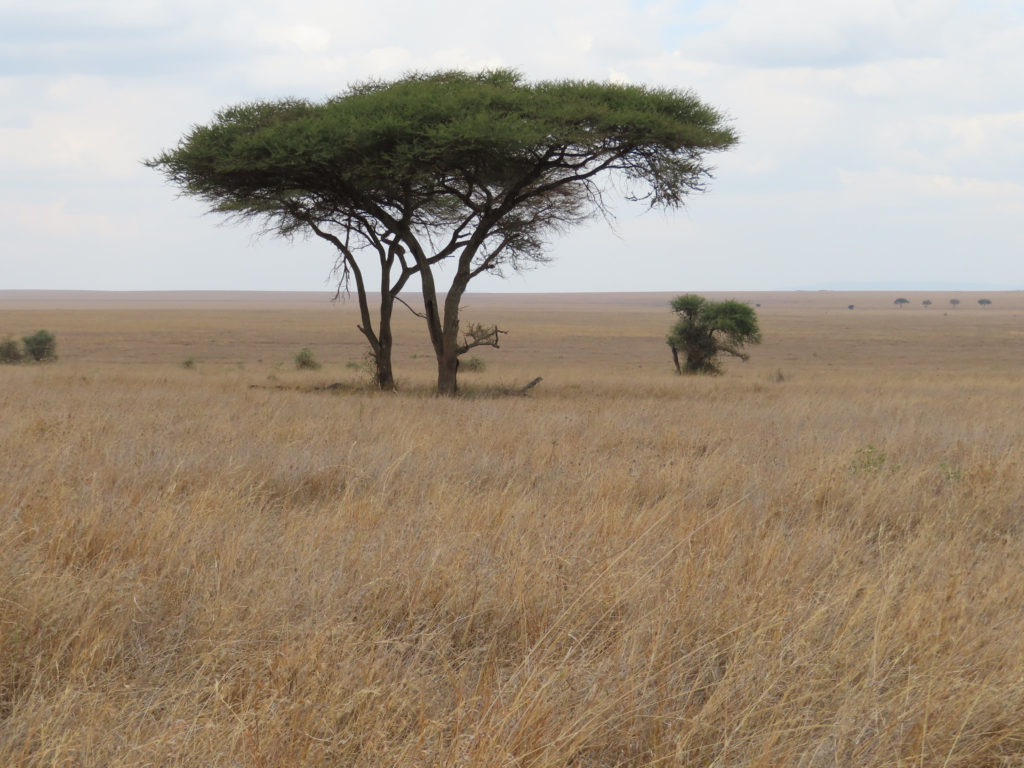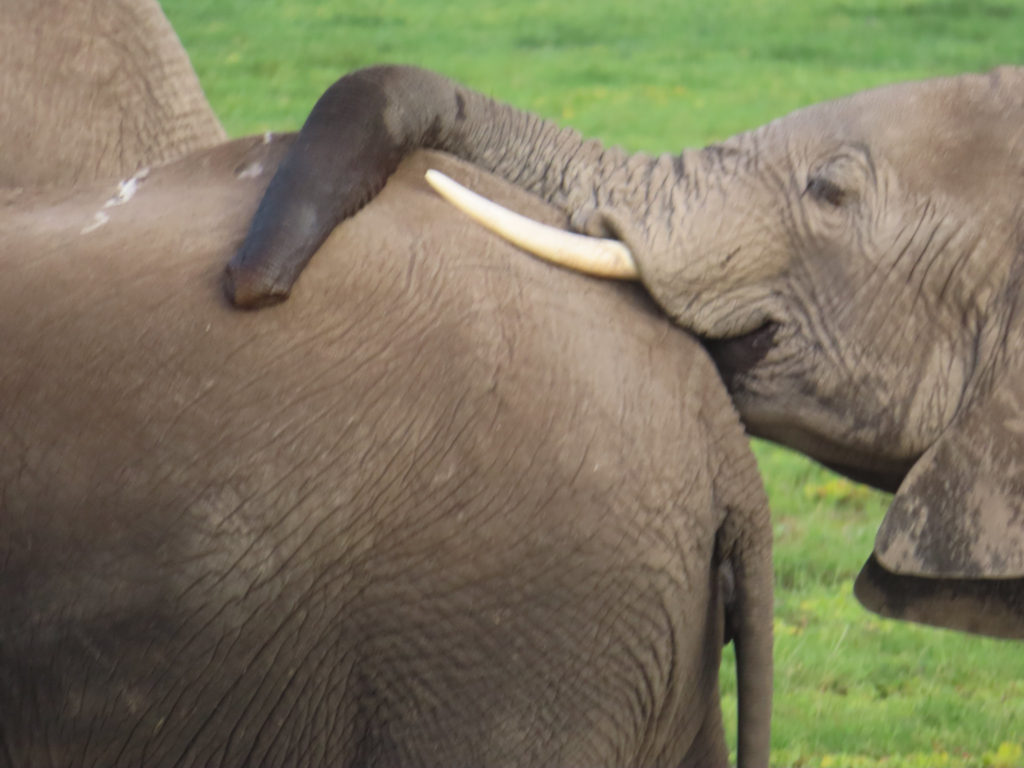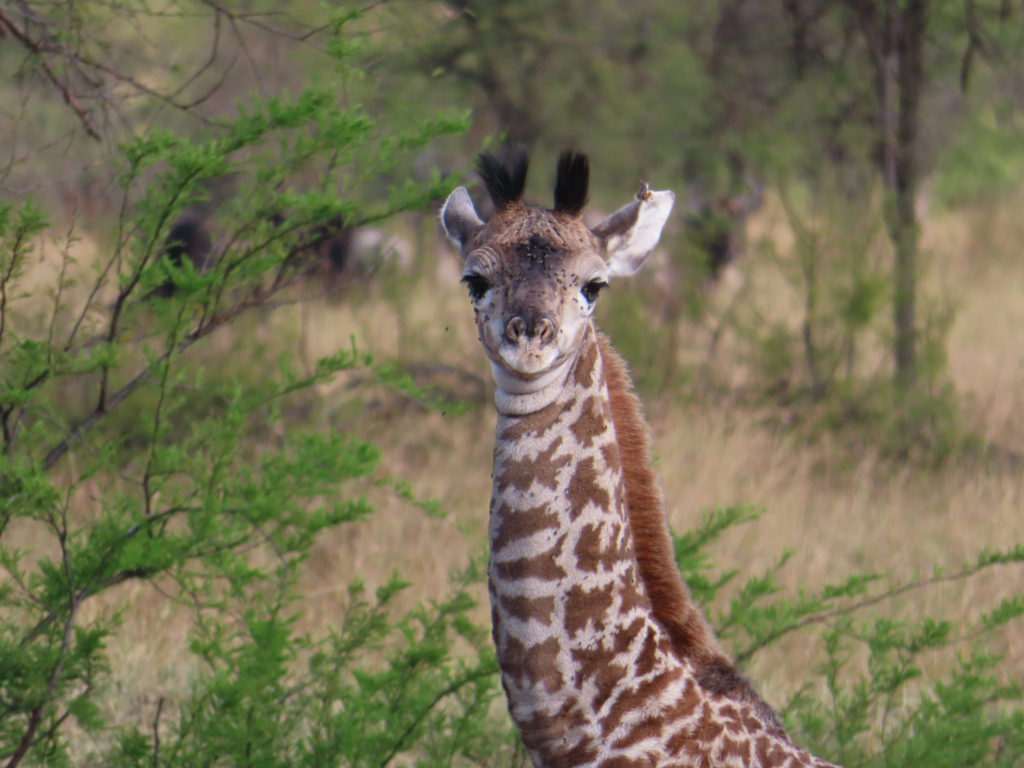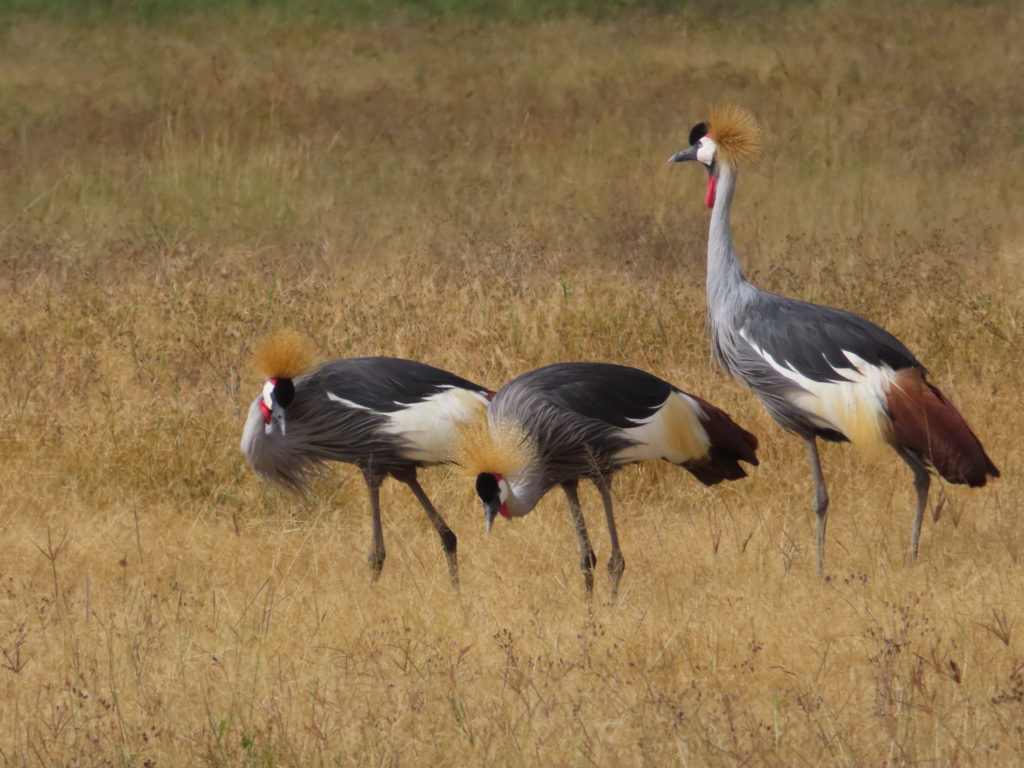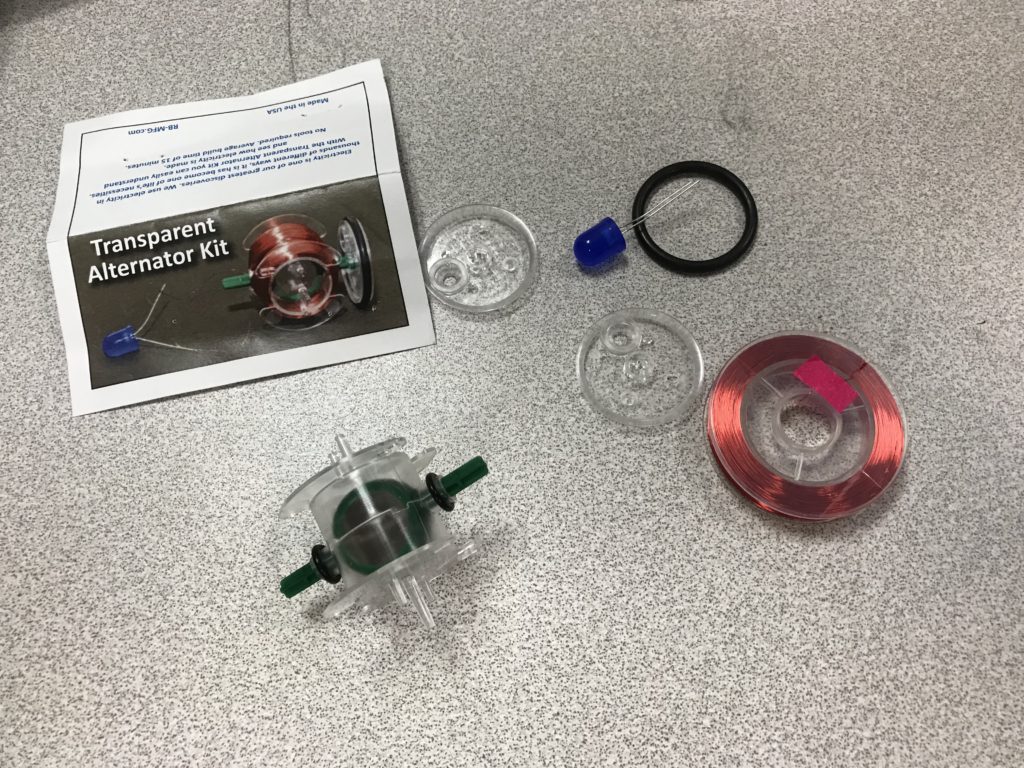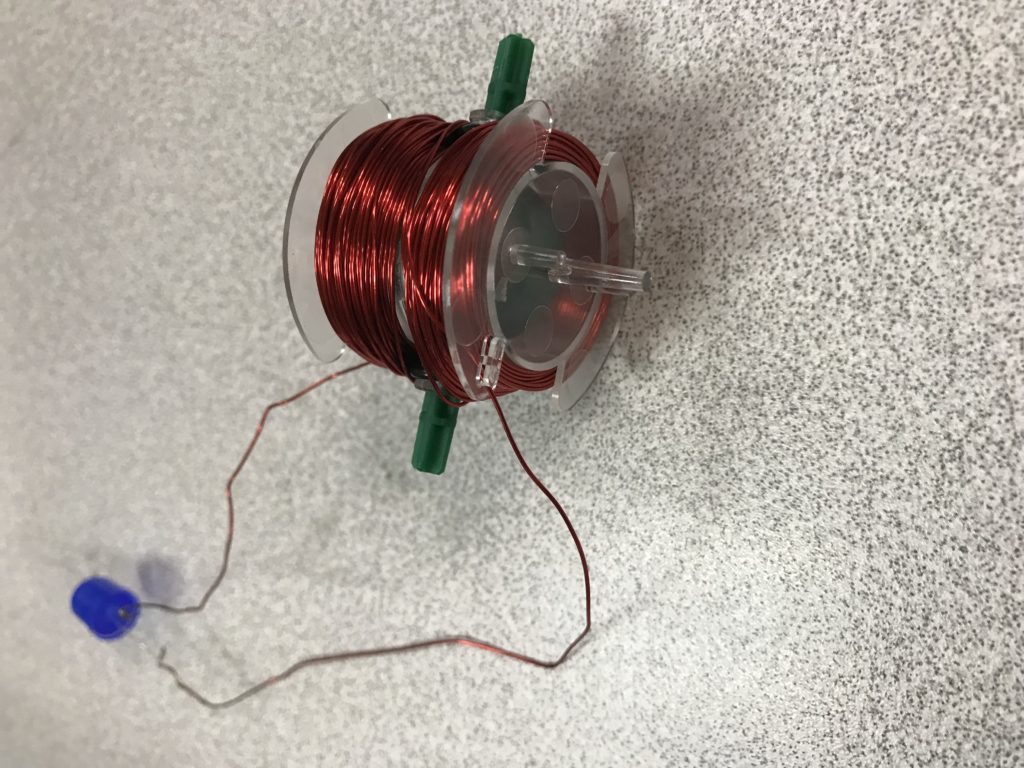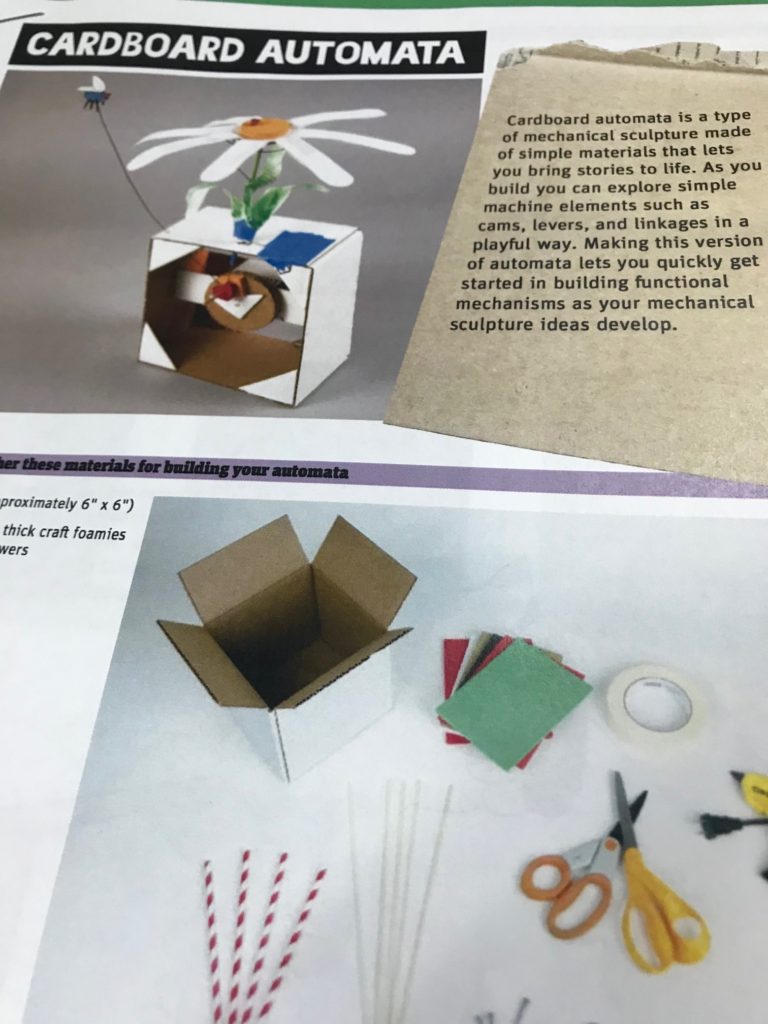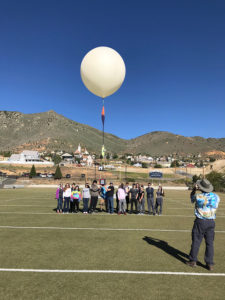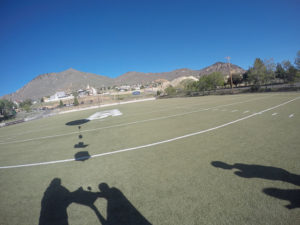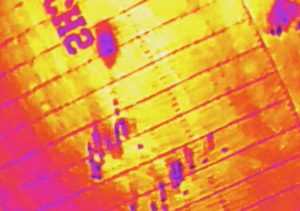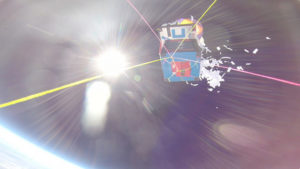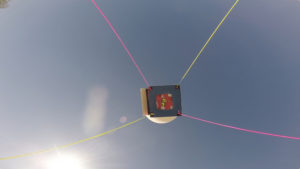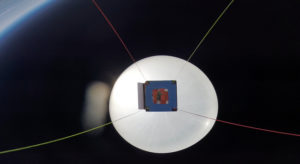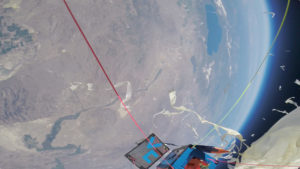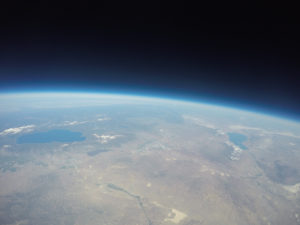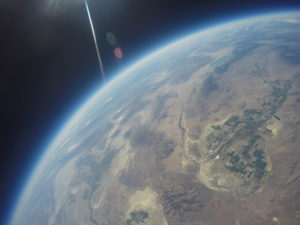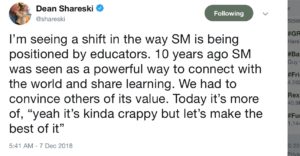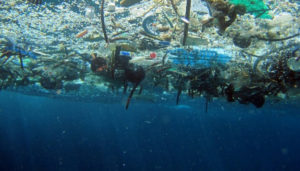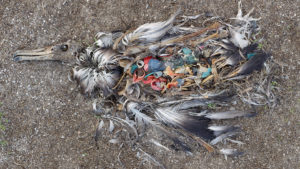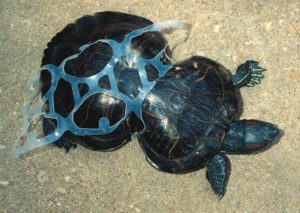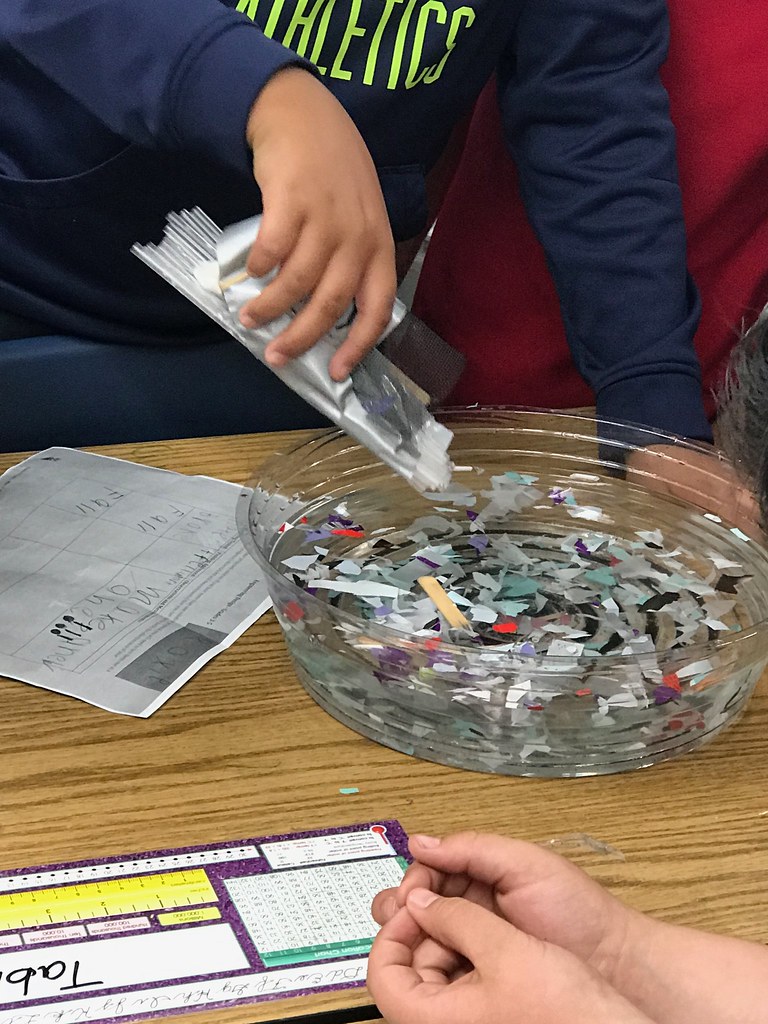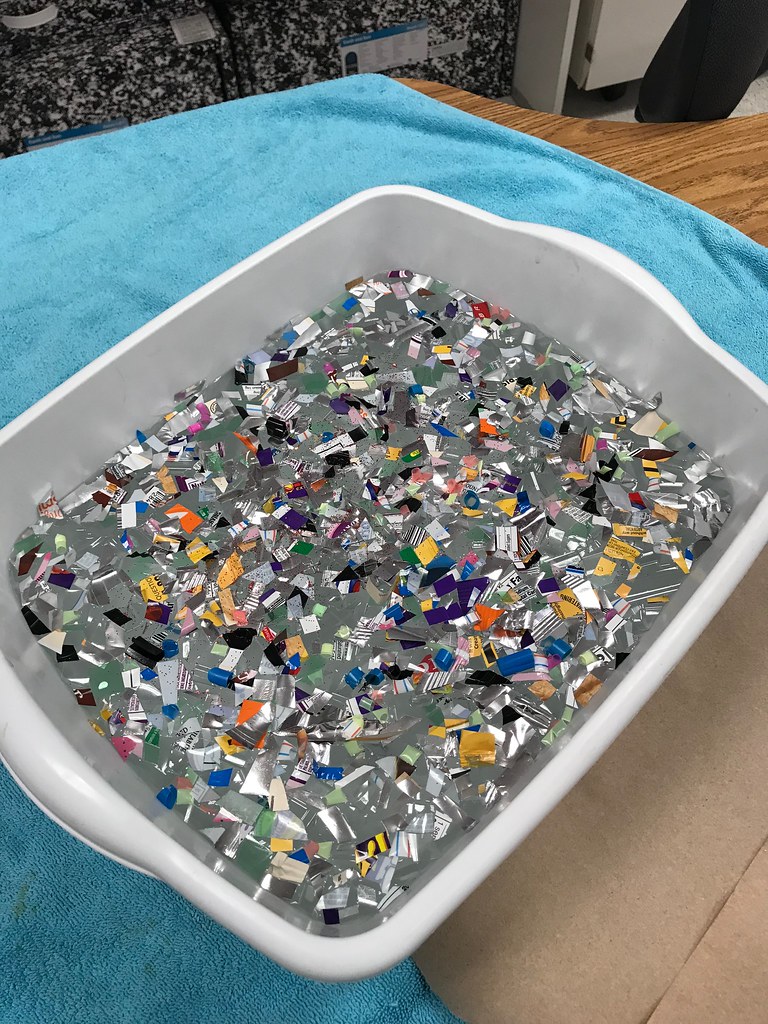During my classroom experience with “hands-on” project/problem based learning I would often hear from colleagues, “The product is not as important as the process.” I think there is truth to that, but during my years of observing / facilitating numerous projects I found it somewhat shortsighted. I’m not saying that the product always has to be polished, however I found that getting the project to be beautiful or stable is where much of the problem solving, art/design and creativity happen. Example: The gizmo you’ve built requires 2-3 people to hold it together while another pushes the button or it doesn’t work or falls apart, versus we got it to work now we have to find a way to house it, have it work consistently and maybe even make it aesthetically pleasing.
Yes, getting the gizmo to work at all or even close to working still involves lots of problem solving, collaboration and all the other goodness that comes from a project. Pushing through to get the gizmo to work and then making it more stable so it is held together with no help and maybe even designing a container that it fits in nicely, get into design and esthetics and an understanding of what goes into making a final product. Throw in making it beautiful by redesigning the container and deciding on color and shape and form adds even more creative exposure. This is some of the hardest work, thinking and problem solving that can happen. How often do students experience that part? I found it can take as long as the initial design.
Again, I’m not saying to go there every time. It’s not feasible because of time and other constraints, but consider it as a powerful piece of learning … even once or twice a school year. The polish piece is an important learning piece that is way too often skipped or not appreciated as valuable. Yes, the process is very important, but don’t forget that getting to a stable, polished design is also very important. Messy, but very important.
Learning is messy!

